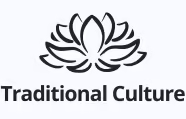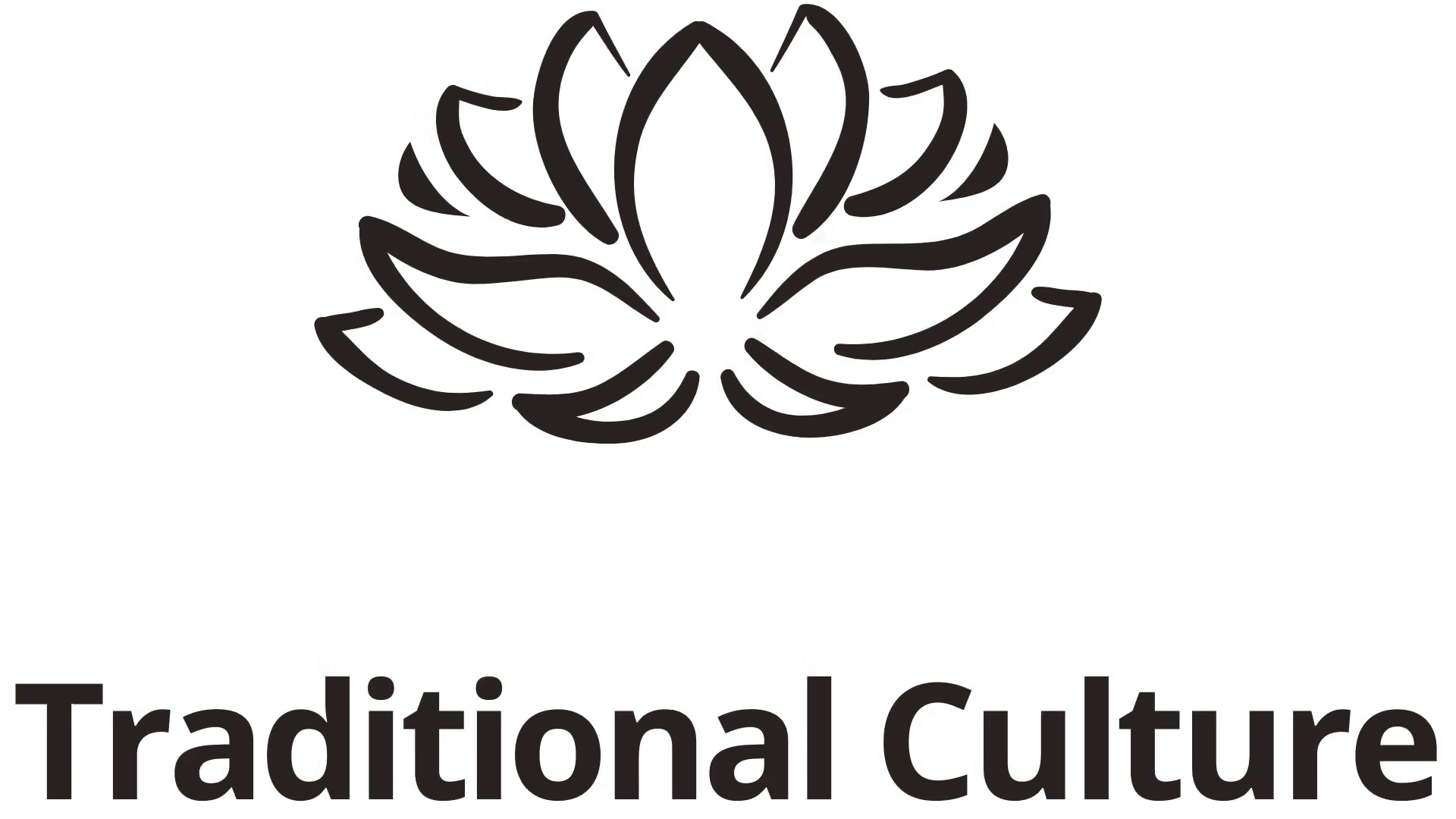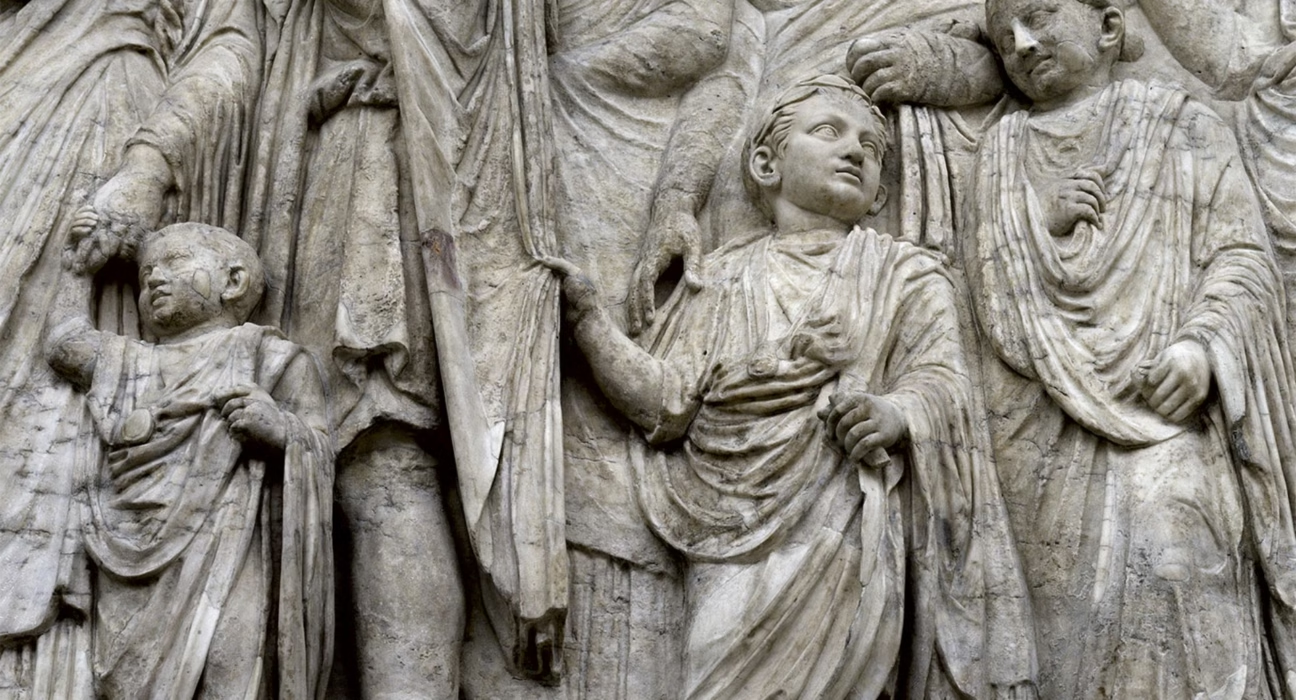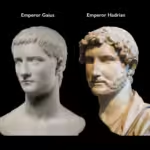Relief sculpture, a captivating art form that marries three-dimensionality with flat surfaces, serves as a bridge between artistic expression and architectural space. This unique medium provides artists an opportunity to delve deep into the narratives of culture and history while simultaneously evoking emotional responses from viewers. In this article, we will embark on an exploration of relief sculpture, traversing its history, techniques, significance, and the challenges it faces.
Understanding Relief Sculpture: An Artistic Perspective

To appreciate relief sculpture fully, one must first understand its various forms and intrinsic qualities. This section will cover the definitions, classifications, and unique properties that characterize relief sculptures.
Defining Relief Sculpture
Relief sculpture can be classified into two main categories: high relief and bas-relief.
High relief sculptures project significantly from their background, often creating dramatic shadows and angles that enhance the viewer’s experience. The artist has the freedom to shape intricate details, allowing for more profound visual storytelling. While creating a high relief piece may require careful consideration of depth, lighting becomes an essential component, affecting how the sculpture interacts with its environment.
In contrast, bas-relief sculptures are sculpted in lower relief. They provide a subtler representation, where figures appear to float just above the surface. This technique emphasizes a smooth transition from the flat plane to the sculpted elements, offering a more serene aesthetic. While the depth may seem less pronounced, the artistry behind bas-relief demands precision in texture and shadow to evoke emotion and narrative.
The Unique Qualities of Relief Sculpture

What distinguishes relief sculpture from other forms of art is its ability to create an immersive experience. Unlike traditional painting, where the viewer observes a scene solely from a frontal perspective, relief sculptures invite interaction. Viewers can walk around the artwork, experiencing different angles and facets. This interaction, coupled with the interplay of light and shadow, creates a dynamic visual language that adds layers to the narrative being depicted.
Moreover, relief sculptures often reflect cultural and historical significance. They act as a testament to the societies that crafted them, embodying the values, beliefs, and stories of their time. This quality elevates relief sculpture from mere decoration to a vital historical artifact, urging us to explore the moments etched within each piece.
The Evolution of Relief Sculpture
The roots of relief sculpture can be traced back thousands of years, intertwining with the development of human civilization. From ancient Egypt’s grand hieroglyphics to the delicate works of the Renaissance, the evolution of this art form mirrors humanity’s progress itself.
As civilizations flourished, so too did the complexity and themes found within relief sculptures. Ancient Egyptians utilized reliefs to convey religious narratives and celebrate pharaohs, connecting life with the divine. By juxtaposition, the Renaissance brought forth a resurgence of classical themes, focusing on mythological tales and human emotions.
Through ages and societies, relief sculpture has remained a steadfast expression of cultural identity, constantly adapting while preserving its core essence.
Historical Significance of Relief Sculpture through Great Artists
Delving deeper into the history of relief sculpture reveals notable figures who have shaped its trajectory. This section will highlight prominent artists and movements that have elevated relief sculpture to new heights.
The Influence of Ancient Civilizations
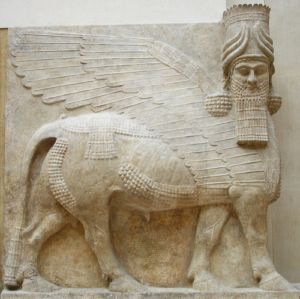
In ancient times, relief sculptures served not only decorative purposes but also played pivotal roles in religious and political contexts.
The Egyptians pioneered this art form, crafting intricate carvings that adorned temples and tombs. Their meticulously detailed reliefs depicted gods, rituals, and the afterlife, creating a visual lexicon that transcended language barriers. The use of symbolism was integral, as each figure carried significant meaning, reinforcing social structures and belief systems.
Similarly, Mesopotamian cultures contributed to the evolution of relief sculpture, using it to commemorate victories and honor deities. The famous Lamassu, a hybrid creature with a lion’s body and a human head, exemplifies the grandeur and craftsmanship associated with Mesopotamian reliefs. These artworks tell stories of power, protection, and triumph, resonating with viewers across millennia.
The Renaissance Revival and Michelangelo
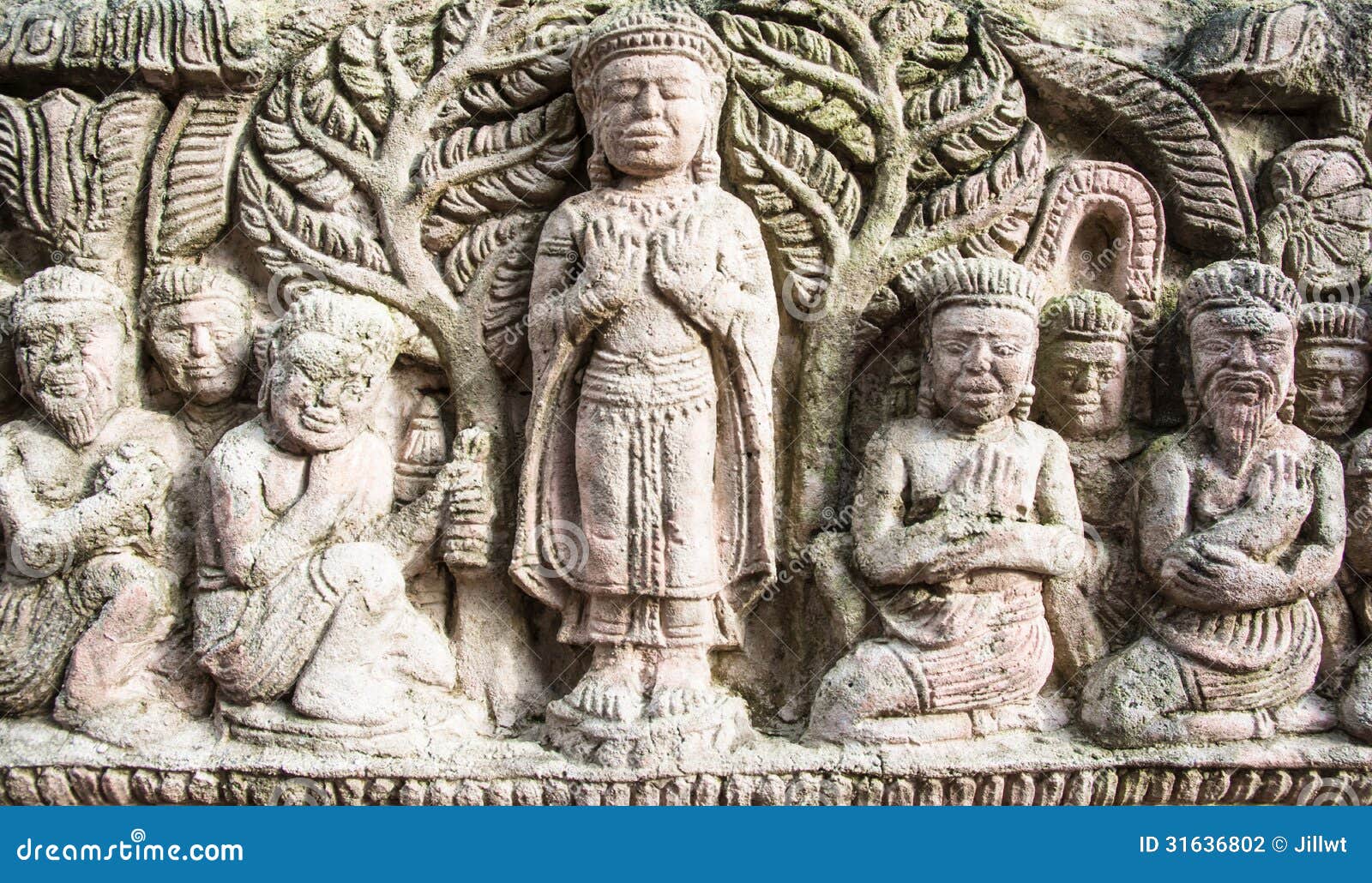
Fast forward to the Renaissance—a time when relief sculpture experienced a renaissance of its own, thanks to the genius of artists like Michelangelo.
Michelangelo’s “Pietà” and “David” showcase his remarkable ability to manipulate form, light, and shadow. Though primarily known for his freestanding sculptures, his relief works, such as “The Last Judgment,” reveal his mastery in transforming flat surfaces into energetic, emotive compositions. Michelangelo’s understanding of human anatomy allowed him to imbue his reliefs with unparalleled realism, inviting viewers to connect profoundly with the narratives he portrayed.
This period signified a shift, wherein relief sculptures began to embody not just religious or political themes, but also human experiences, emotions, and individual stories. The techniques refined during this era laid the groundwork for future generations of artists.
Modern Interpretations and Contemporary Artists

As we transitioned into modern times, relief sculpture continued to evolve, reflecting contemporary society’s complexities.
Artists like Henry Moore and Barbara Hepworth expanded the boundaries of relief sculpture by integrating new materials and abstract forms. Their works defied traditional conventions, challenging perceptions of depth and perspective. By embracing experimentation, these artists breathed fresh life into a historically rich art form.
Additionally, the advent of technology has opened doors for digital relief sculpture, blending traditional techniques with modern innovations. Artists can now utilize 3D printing and virtual reality to create immersive experiences, pushing the limits of what relief sculpture can achieve.
These modern interpretations emphasize the adaptability of relief sculpture, showcasing its relevance in an ever-changing world.
Techniques and Tools in Crafting Relief Sculpture

Creating a successful relief sculpture requires a blend of artistry and technical skill. This section will delve into the processes, tools, and materials involved in bringing relief sculptures to life.
Choosing the Right Materials
One of the first steps in crafting a relief sculpture involves selecting the appropriate materials.
Traditional options include stone, clay, wood, and metal. Each material possesses unique characteristics that influence the final outcome. For example, stone offers durability and permanence, making it suitable for monumental works. Conversely, clay allows for greater flexibility and ease of manipulation, enabling artists to experiment with forms and textures.
Furthermore, contemporary artists often incorporate unconventional materials, such as recycled objects or mixed media, to challenge traditional definitions and expand creative possibilities. The choice of material ultimately reflects the artist’s vision and desired message.
Mastering Traditional Techniques
Once the materials have been selected, artists employ various techniques to translate their ideas into tangible forms.
Carving is one of the most traditional methods used in relief sculpture. Artists begin by sketching their designs onto the chosen surface before meticulously removing excess material to reveal the intended shapes. The process requires patience and precision, as even minor mistakes can compromise the integrity of the work.
Modeling, on the other hand, is a technique often employed with clay. Artists build their reliefs by adding material instead of subtracting it. This method permits spontaneity and encourages experimentation, allowing for dynamic forms that evolve organically during the creative process.
Both carving and modeling possess distinct advantages, and many artists choose to blend these techniques to achieve unique effects.
Embracing Light and Shadow

Light plays a crucial role in the perception of relief sculpture.
Artists must thoughtfully consider how light interacts with their work, as it accentuates depth and creates contrasting shadows. To achieve this, sculptors often manipulate the surface texture, ensuring that highlights and lowlights come together harmoniously.
The relationship between light and shadow not only enhances the visual impact of a relief sculpture but also contributes to the overall narrative. A well-lit piece draws attention to specific elements, guiding the viewer’s gaze and inviting interpretation.
By harnessing the power of light, artists imbue their reliefs with life and energy, transforming static pieces into dynamic experiences.
Utilizing Modern Tools and Technology
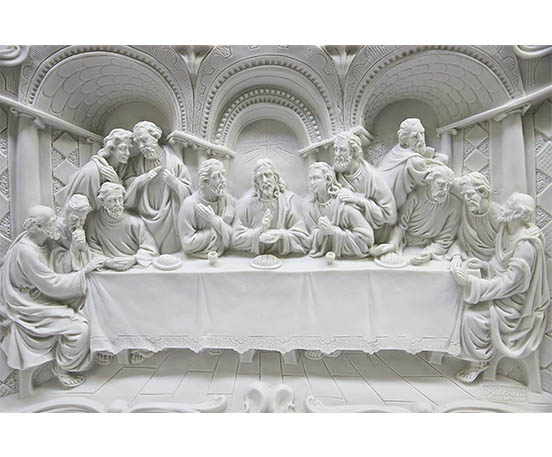
In today’s digital age, artists have access to an array of innovative tools that facilitate the creation of relief sculptures.
Computer-aided design (CAD) software enables artists to visualize their concepts in three dimensions before commencing physical work. This technology streamlines the design process, allowing for precise measurements and adjustments.
Moreover, 3D printing has revolutionized relief sculpture, providing artists with the ability to produce complex forms that were previously unattainable. This technology democratizes the art-making process, empowering individuals to explore new techniques and styles.
While traditional methods remain valuable, embracing modern tools offers artists an opportunity to push the boundaries of relief sculpture further than ever before.
Cultural Impact and Emotional Resonance of Relief Sculpture

Relief sculpture extends beyond aesthetics, acting as a vessel for cultural memory and emotional connection. This section examines the ways in which relief sculptures resonate with individuals and communities.
Capturing Moments in History

Throughout history, relief sculptures have played a pivotal role in documenting significant events and societal changes.
From commemorative panels depicting battles to public monuments honoring historical figures, relief sculptures serve as powerful reminders of our collective past. They encapsulate moments frozen in time, allowing viewers to engage with history in a tangible way.
For instance, the elaborate reliefs adorning the Parthenon chronicle the achievements of ancient Athens, instilling pride and cultural identity among its citizens. Such artworks remind us of our shared heritage, fostering a sense of continuity and connection across generations.
Evoking Emotion through Storytelling
The emotional impact of relief sculpture lies in its ability to tell stories—stories that resonate deeply with viewers.
Each detail carefully carved or molded contributes to a larger narrative, inviting individuals to reflect on their experiences and relationships. When encountering a relief sculpture, viewers may find themselves transported to another time and place, eliciting feelings of nostalgia, joy, sorrow, or longing.
Moreover, relief sculptures often depict universal themes such as love, loss, and triumph. These themes transcend cultural boundaries, fostering empathy and understanding among diverse audiences. By tapping into shared human experiences, relief sculptures forge connections between people, transcending language and cultural differences.
The Role of Public Art in Community Identity

Public art, particularly relief sculpture, plays a vital role in shaping community identity.
Installations situated in public spaces serve as landmarks that foster a sense of belonging and pride among residents. These sculptures often embody local history, culture, and values, reinforcing community ties.
Additionally, relief sculptures can stimulate dialogue and reflection on pressing societal issues. By addressing topics such as social justice, environmental concerns, or cultural heritage, artists use their work to inspire change and provoke thought. In this way, relief sculpture transcends mere decoration, serving as a catalyst for conversation and action.
Challenges and Future Opportunities for Relief Sculpture

Despite its rich history and significance, relief sculpture faces challenges in the modern era. This section explores potential obstacles and new opportunities for this timeless art form.
Preserving Traditional Techniques

One of the primary challenges facing relief sculpture is the preservation of traditional techniques.
As contemporary art trends lean towards minimalism and abstraction, the intricate craftsmanship associated with relief sculpture risks becoming overshadowed. The decline in skilled artisans poses a threat to the transmission of knowledge and expertise passed down through generations.
However, there are initiatives aimed at revitalizing interest in traditional relief techniques. Workshops, apprenticeships, and educational programs provide opportunities for emerging artists to learn from seasoned craftsmen, ensuring that these skills endure.
Integrating Relief Sculpture into Urban Spaces
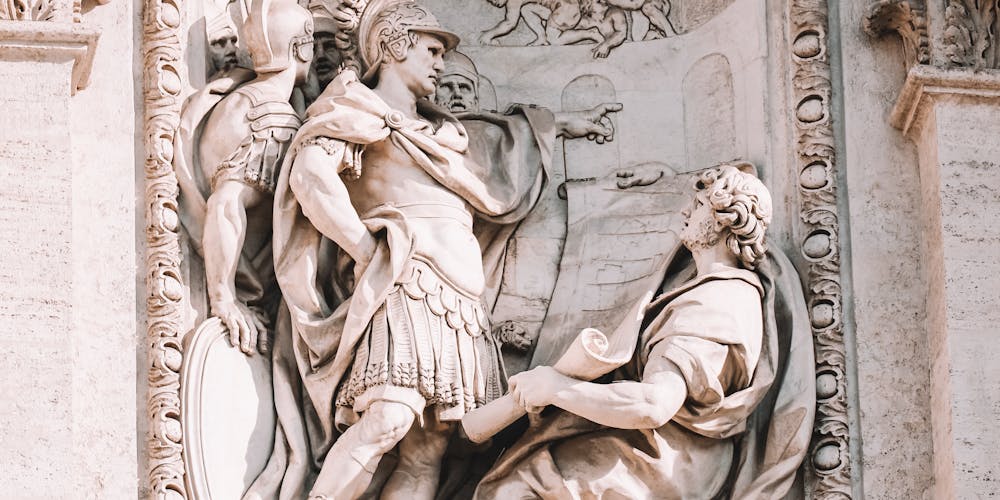
Another challenge lies in finding suitable locations for relief sculpture in urban environments.
As cities continue to evolve, the demand for space often prioritizes practicality over artistic expression. However, creative collaborations between artists and urban planners can result in the integration of relief sculptures into public spaces—transforming mundane areas into vibrant destinations.
Murals, wall installations, and architectural embellishments can all feature relief elements, enriching the urban landscape. By reimagining how relief sculpture fits into the fabric of city life, artists can create engaging experiences that resonate with inhabitants and visitors alike.
Embracing Environmental Sustainability
Sustainability is a pressing concern in the modern world, and relief sculpture can also play a role in addressing environmental issues.
Artists can utilize eco-friendly materials and practices to align their work with sustainable principles. By sourcing locally, recycling materials, and employing green technologies, relief sculptors can reduce their ecological footprint while still producing impactful art.
This commitment to sustainability not only reflects a broader societal shift towards environmental awareness but also resonates with audiences seeking meaningful engagement with art. By creating works that prioritize the planet, artists contribute to a greater conversation about responsibility and stewardship.
Conclusion
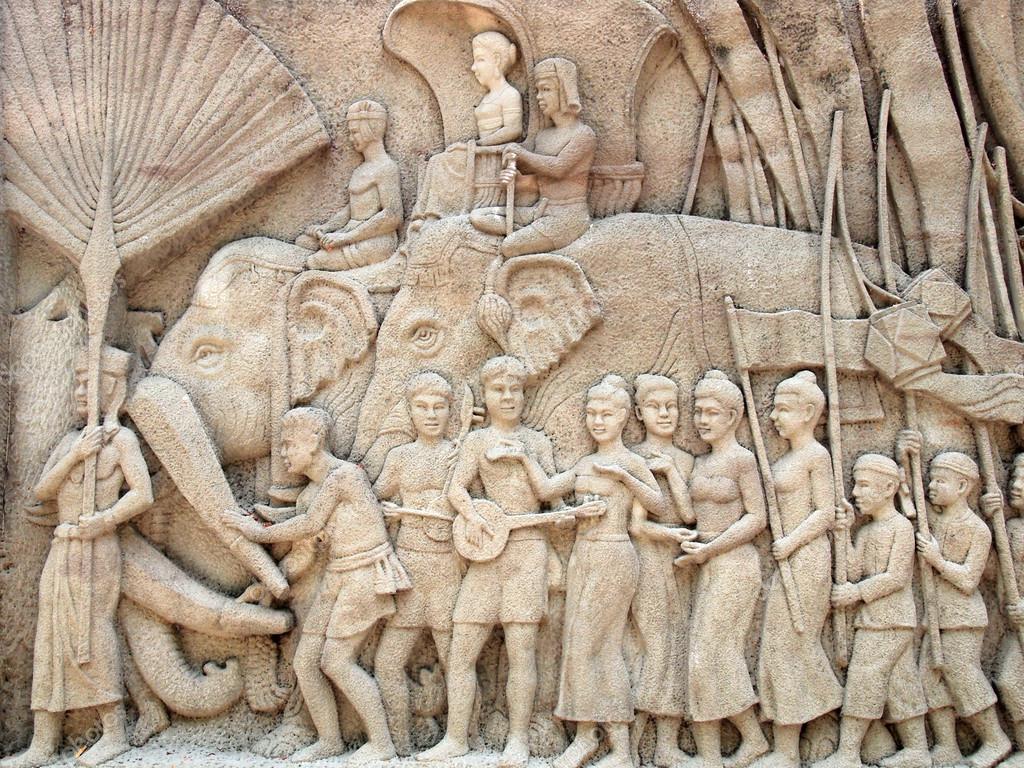
Relief sculpture remains a potent form of artistic expression, intertwining history, culture, and emotion. Through the intricacies of its techniques, the stories it tells, and the connections it fosters, relief sculpture invites viewers to engage with art on multiple levels. As we navigate modernity, the challenges and opportunities presented by relief sculpture offer a lens through which we can examine our past and envision our future. Embracing the potential of relief sculpture ensures its legacy continues to thrive, enriching our lives and communities for generations to come.
✉️ Stay Connected — Subscribe for Weekly Updates
Discover timeless stories, practical wisdom, and beautiful culture — delivered straight to your inbox.
*We only share valuable insights — no spam, ever.

